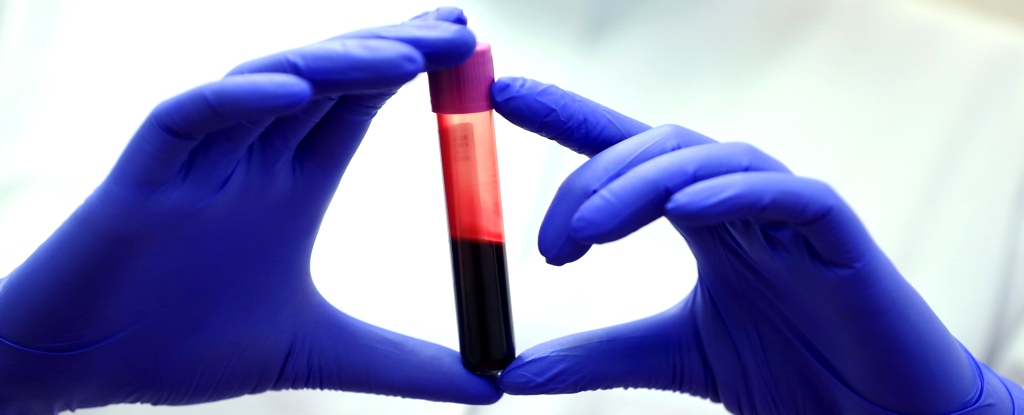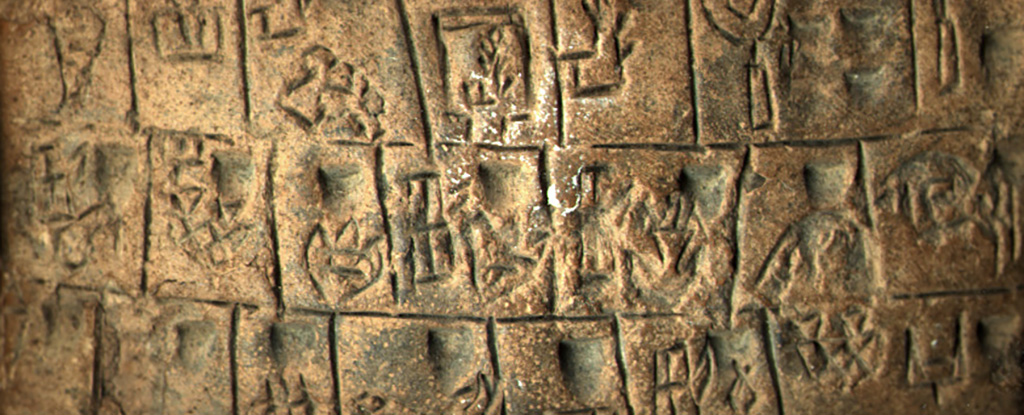A new study from a team at the University of Pittsburgh has discovered blood-based markers that can reveal someone’s biological age, which could help treat various health problems that can happen as our bodies get older.
We have our actual ages – the number of years we’ve been alive – and then we have biological ages, which in simple terms is the wear and tear on cells and organs. Knowing this biological age can help work out disease risk, tailor treatments, and help us to better understand the different rates at which our bodies break down.
“Imagine two people aged 65,” says Aditi Gurkar, a geriatrician at the University of Pittsburgh. “One rides a bike to work and goes skiing on the weekends and the other can’t climb a flight of stairs.”
“They have the same chronological age, but very different biological ages. Why do these two people age differently?”
To help answer this question, the researchers enlisted the help of 196 elderly adults, split into two groups: one of volunteers aged 75 or older who were designated as healthy agers, and one of volunteers aged 65-75 who were classed as rapid agers.
The healthy agers were able to climb a flight of stairs or walk for 15 minutes without resting, while the rapid agers had to take breaks through each activity. The distinction gave the study team the chance to look at differences between the groups on a molecular level.
In particular, the researchers looked for different metabolites; small molecules left by biological processes in the body. They can be used as evidence for which processes are happening, and how well they’re running.
A total of 25 metabolites were identified that showed significant differences between the healthy agers and the rapid agers. This group of molecules has been named the Healthy Aging Metabolic (HAM) Index. The team also identified three metabolites that seemed to be particularly important in driving biological aging.
“We chose to look at metabolites because they are dynamic,” says Gurkar. “They change in real time to reflect our current health and how we feel, and we have the power to influence them through our lifestyles, diet and environment.”
In tests on a separate group, the HAM Index proved to be 68 percent accurate at working out biological age. With more research, it might be possible to develop a blood test for quick and easy biological age assessment.
That test could then be run on people at earlier ages, when changes to molecular processes are easier to modify: in someone in their 30s, for example, who is told their biological age is much higher than it should be.
“That person could then think about changing aspects of their lifestyle early – whether that’s improving their sleep, diet or exercise regime – to hopefully reverse their biological age,” says Gurkar.
The research has been published in Aging Cell.





